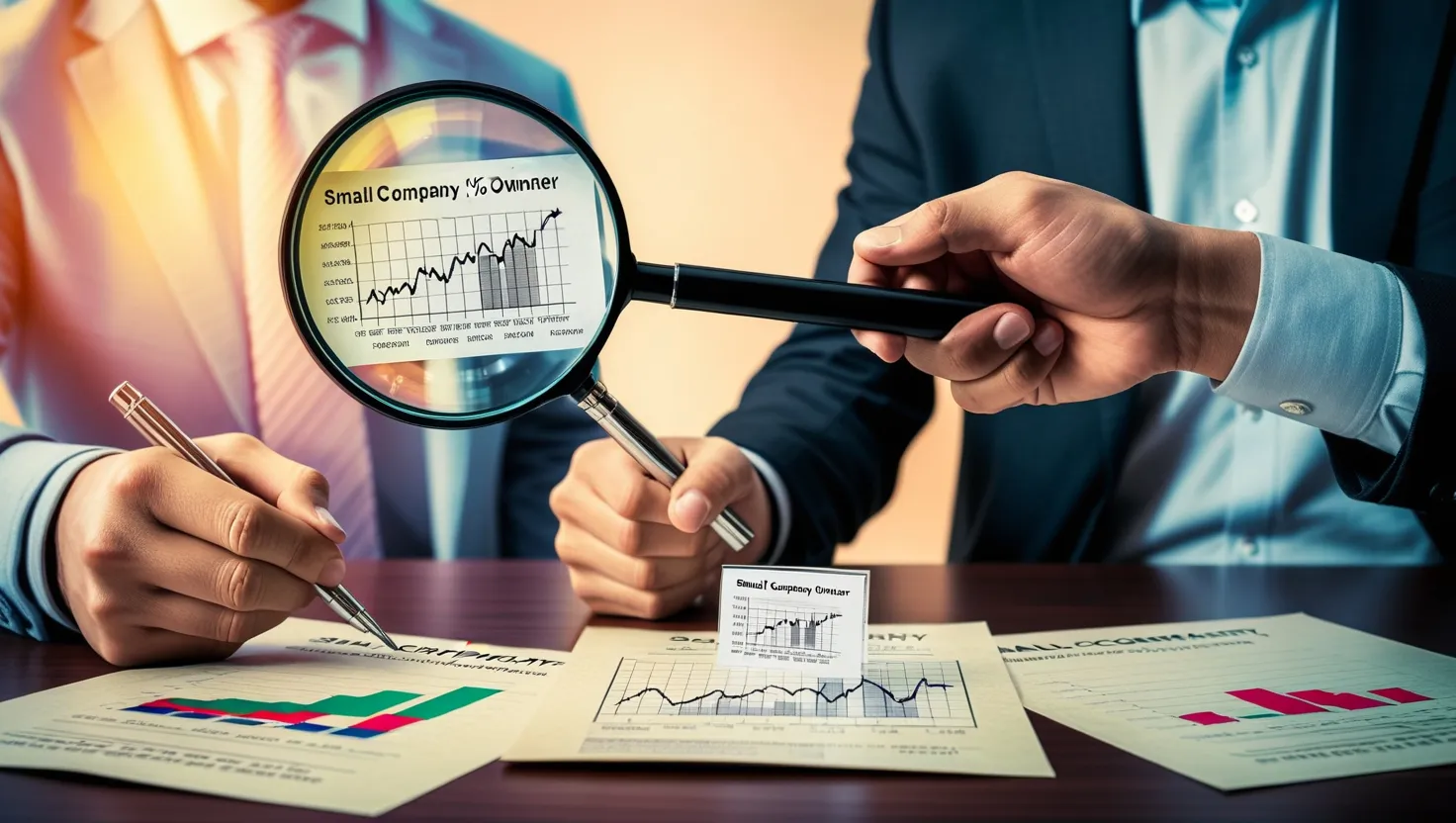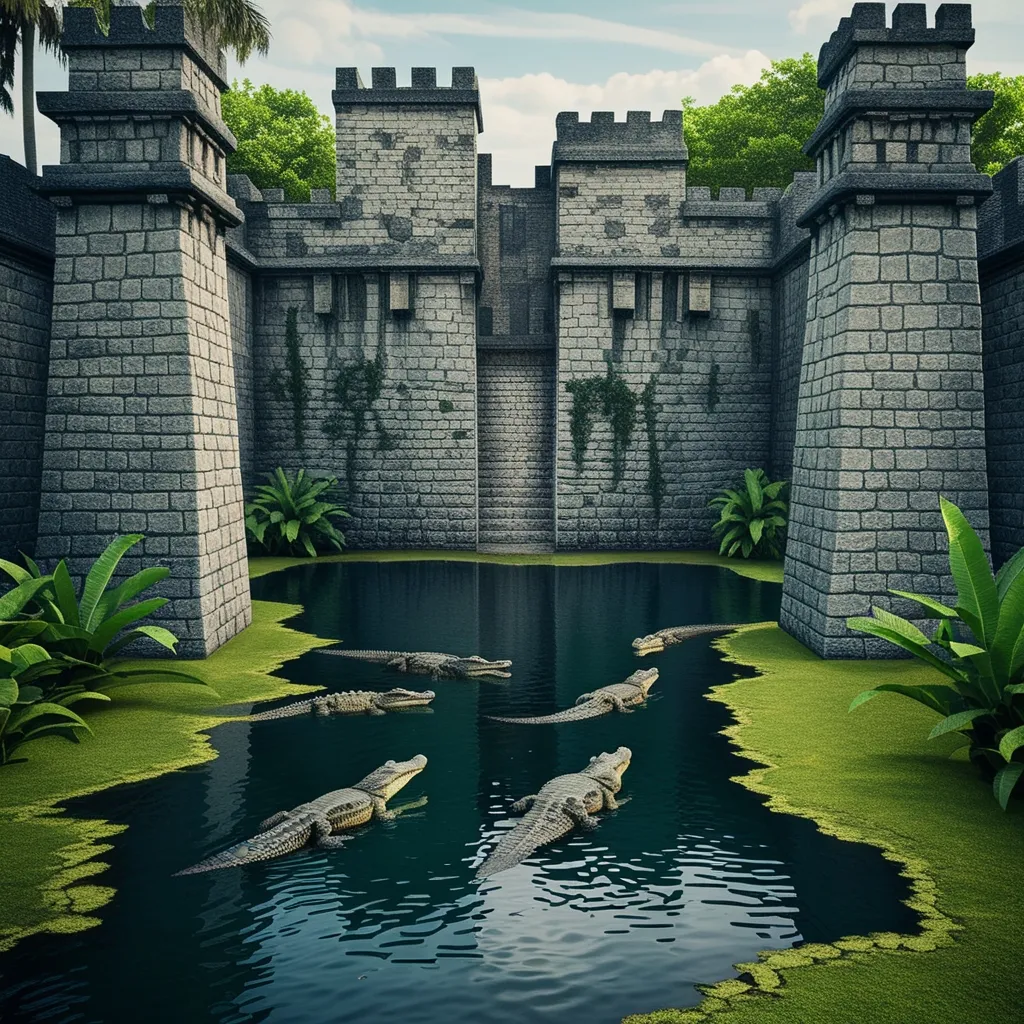When it comes to diving into the world of stock investments, it’s like navigating a vast ocean of numbers and terms that sometimes feel as elusive as a distant mirage. Among these vital tools for investors lies the PEG ratio—a financial metric that’s not just about numbers, but about insights into what makes a stock truly valuable.
First, let’s talk about what the PEG ratio really is and why it feels like a golden nugget in investment circles. Imagine the old favorite P/E, or Price-to-Earnings ratio, which everyone swears by to gauge if a stock’s on sale or just way over the top. The PEG ratio takes it further by also considering the company’s growth potential—a dynamic twist to the old formula. It’s like upgrading your car from a GPS to a full-blown infotainment system, with all the bells and whistles to guide you better.
The calculation sounds like something you’d do on a lazy afternoon with a cup of coffee—it’s that easy. First, grab the P/E ratio of your chosen stock. Divide the stock’s market price per share by its earnings per share (EPS), and voila, you’ve got your P/E. Next, take this P/E number and divide it by the company’s projected earnings growth rate. For example, a stock sitting with a P/E of 20 and expected to grow at 20% annually over the next five years would boast a PEG of 1. Easy peasy, right?
Now, understanding what these PEG numbers mean can feel like cracking the Da Vinci Code at times. A PEG ratio of 1 is like the goldilocks of numbers—not too high, not too low—telling us that the stock is in sweet harmony with its expected growth. A PEG below 1 whispers (or maybe even shouts) that the stock might be undervalued—a diamond in the rough perhaps. If it’s above 1, a cautious investor might step back, wondering if the stock is overpriced, glowing bright but possibly about to dim.
To bring this home, imagine you’re in a candy store of stocks, gazing at Company A and Company B, both flaunting bright packages from the same industry aisle. Company A is holding up a P/E of 15 with a growth expectancy of 12% yearly, while Company B dances around with a P/E of 18 and anticipating a growth of 19%. Initially, Company A seems like a bargain. But the PEG paints a richer image: at 1.25 for A and a delicious 0.95 for B. Company B, despite its initial costlier display, might be giving you more bite for your buck.
So why do investors cozy up to the PEG ratio? Mainly, it’s the fuller picture it paints—a Sistine Chapel compared to a rough sketch of a stock’s true worth. It dives into expected growth, not just the here-and-now price, letting investors peer past the surface and glimpse potential glory. Also, it allows one to stack stocks side by side within the same sandbox, seeing who stands taller when growth prospects are thrown into the mix.
However, let’s not get swept away in PEG love without pondering its fallbacks. The challenge is akin to predicting tomorrow’s weather—it relies heavily on future earnings forecasts, which can sometimes be more whimsy than science. Analyst predictions, biases, and changing market winds can skew these forecasts, calling for an extra layer of skepticism. And while the PEG gives a broader horizon, it doesn’t quite account for the quirky, nuanced world of company-specific features like the wizardry of top management, strategic moats, or branding magic.
Jumping off the theories and numbers train, what does this mean for the daily investor wandering between stocks? Well, the PEG can act like a trusty sidekick, helping you sort through potential buys in the same industry. A high P/E shouldn’t immediately deter you if the PEG is signaling a buy. Pairing the PEG with other trusty metrics, like those measuring book value or dividends, can sculpt a well-rounded investment view, much like a painter blending colors for the perfect portrait.
Picture evaluating two tech giants—grab the visual grandeur of Apple and Amazon. Both command high P/E ratios, glistening in their tech-savvy aura. Yet, their growth trajectories differ. While Apple might flaunt a P/E of 20 with 10% growth, Amazon proudly wears a P/E of 25 with a 20% forecast growth. Do the PEG math and see: Apple stands at a 2 while Amazon coolly rests at 1.25. Despite a steeper entry price, Amazon’s PEG ratio reveals a better value tucked beneath its layers.
Even with its stars and stripes, relying on the PEG ratio alone could leave an investor half-dressed for the market’s ball. It’s one tool among many in the vast investing toolbox, seasoned for those needing depth in their decisions but still requiring sound judgment and a complementary suite of metrics.
The essence of the PEG ratio reminds of the importance of looking beyond the headline numbers, embracing the story of a stock’s growth journey. It invites investors to seek not just stocks that are doing well today but those poised for future triumphs, offering a ticket to a more resilient, wiser portfolio.
Next time the stock market beckons with its tantalizing myriad of choices, embrace the PEG ratio. It just might unlock the doors to undervalued treasures, ready to enhance not just portfolios but the narrative of one’s investing life.






